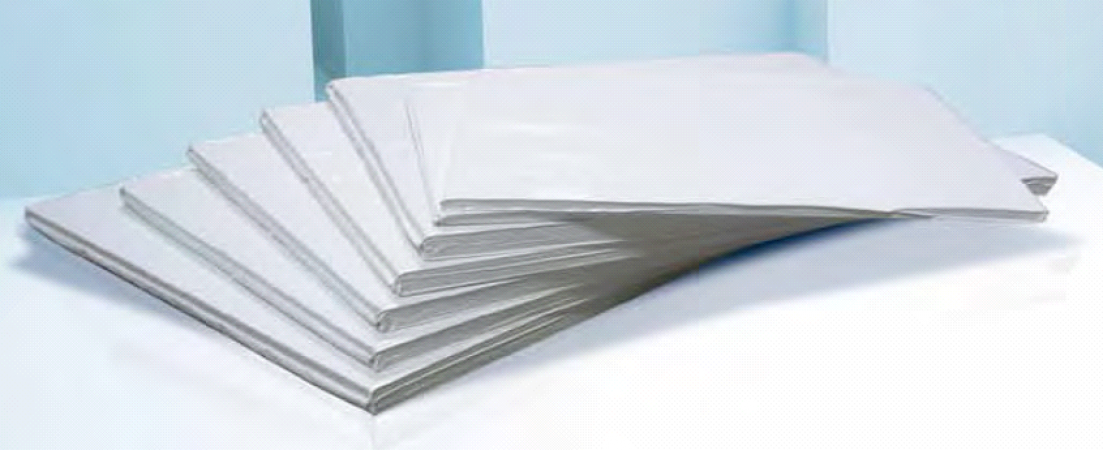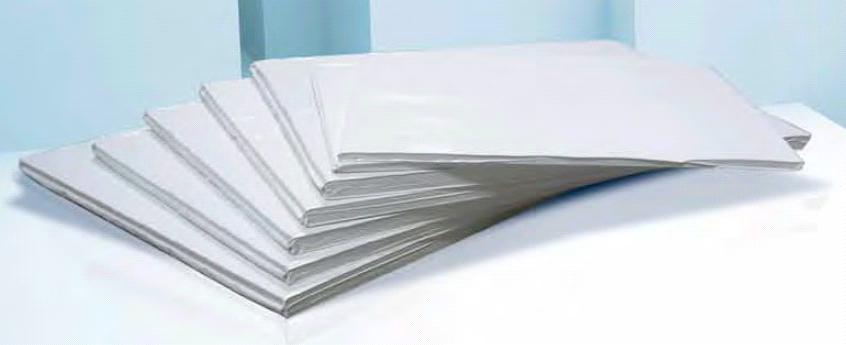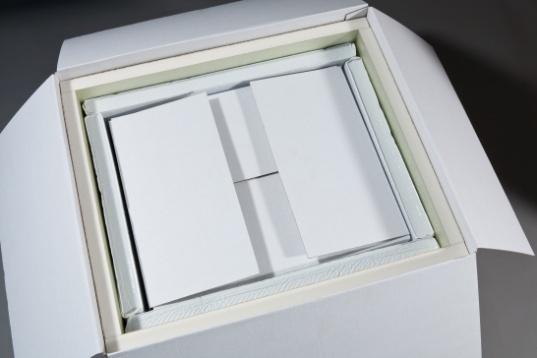Thematic studies
News
Case studies
Why use VIP cold chain packaging?

After 10 years of research, VIP (Vacuum Insulated Panel) is making its début in cooled packaging!
Traditional insulation for the design of a heat insulated packaging
Classic insulating materials used to manufacture heat insulated packaging are polyurethane, expanded or extruded polystyrene and polyethylene. With its heat conductivity of 20 to 25 mW/m. K, polyurethane is the most efficient classic insulating material. Associated with 0°C gel packs, polyurethane boxes provide an autonomy of up to 5 days between +2°C/+8°C, compared to less than 3 days for the others.
What is VIP, or Vacuum Insulated Panel?
The VIP is a vacuum insulated panel. It has a thermal conductivity between 3 and 7 mW/m.K. In other words, for the same source of cold, VIP provides an autonomy of 7 to 10 days, or 2 to 3 times that of a classic insulation material. VIP (Vacuum Insulated Panel) therefore meets the specific needs of long haul shipping, especially in intense heat. This insulation material has been used since the beginning of the 2000s in the aeronautical, marine, construction, refrigeration etc. industries.
Daniel Quenard, head of the materials division in the Centre Scientific et Technique du Bâtiment (CSTB, or official French building materials organisation) tells us more:
"To create heat insulation, gas is trapped in small, more or less closed cavities, with a minimum quantity of material or a very high porosity (< 90 %). In insulating material the main contributor to heat transfer is therefore the trapped gas, usually air, which has a thermal conductivity of 25 MW / mK. To reduce this contribution the most efficient solution is therefore to "eliminate" this gas by creating a vacuum, or at least by applying low pressure.
A VIP vacuum insulated panel is therefore composed of a porous, open cavity "core" material (fibrous mats, foams, grains etc.) packed in a sealed film. The film is usually a multi-layered polymer-aluminium-polymer that guarantees the VIP's service life. In fact, it must prevent the components of air, mainly nitrogen, oxygen and especially water vapour, from penetrating the material. The main core materials used are open celled cellular foams and "pyrogenated" silicons that have the advantage of having a certain volume of nanometric pores, which makes it possible to increase the service life of the vacuum inside the panel. VIP thermal conductivity is in the order of 10 mW/mK for a vacuum of about 1 mbar. "

Different types of VIP panel
VIP vacuum insulated panels provide better insulation and a reduced thickness. They have considerably progressed over the past 10 years: better quality core materials, improved availability of barrier films.
"The vacuum is a core material enveloped in a metallic multi-layer barrier that resists to oxygen and water vapour for long life VIPs, or a polymer barrier for shorter lived applications, such as heat insulated packing used in the cold chain. The core materials can be composed of open celled polymer foam, glass fibre and silicon based material. Compared to other core materials, silicon does not require a very high vacuum, this gives performance stability over time without needing the use of gas traps or very high vacuums. " explains Quentin Shrimpton from NanoPore Insulation.
With thinner walls than traditional insulating materials a VIP insulated shipping system provides good performances for a reduced volume and transport cost.
The VIP vacuum insulated panel has a thermal conductivity of between 3 and 7 mW/m.K, or a ratio of 3 to 7 compared to traditional insulating materials. These values, provided by the main VIP manufacturers, depend on the type of core material, the vacuum level and the quality of the film used. The Vacuum Insulated Panel is combined with other materials, often a traditional insulating material used to protect it, which increases the heat transfer coefficient. It also has specific thermal bridges during assembly which reduce the actual heat efficiency ratio of the boxes to a value between 2 and 3.

Why design VIP insulated shipping packaging?
VIP is built into heat insulated packaging because:
- For the same source of cold, VIP provides an autonomy of 7 to 10 days, or 2 to 3 times that of a classic insulation material, thus fulfilling a specific need.
- Used without a cold source, the VIP heat insulated box increases the temperature maintenance time.
- The VIP heat insulated box has better resistance to hot segments and extreme profiles.
We will soon give you more details about the advantages and disadvantages of VIP used in heat insulated packaging!